If your gas stove won't light it's probably one of these 5 issues — here's how to fix them
Gas burner won't ignite? Troubleshoot the problem by following these steps
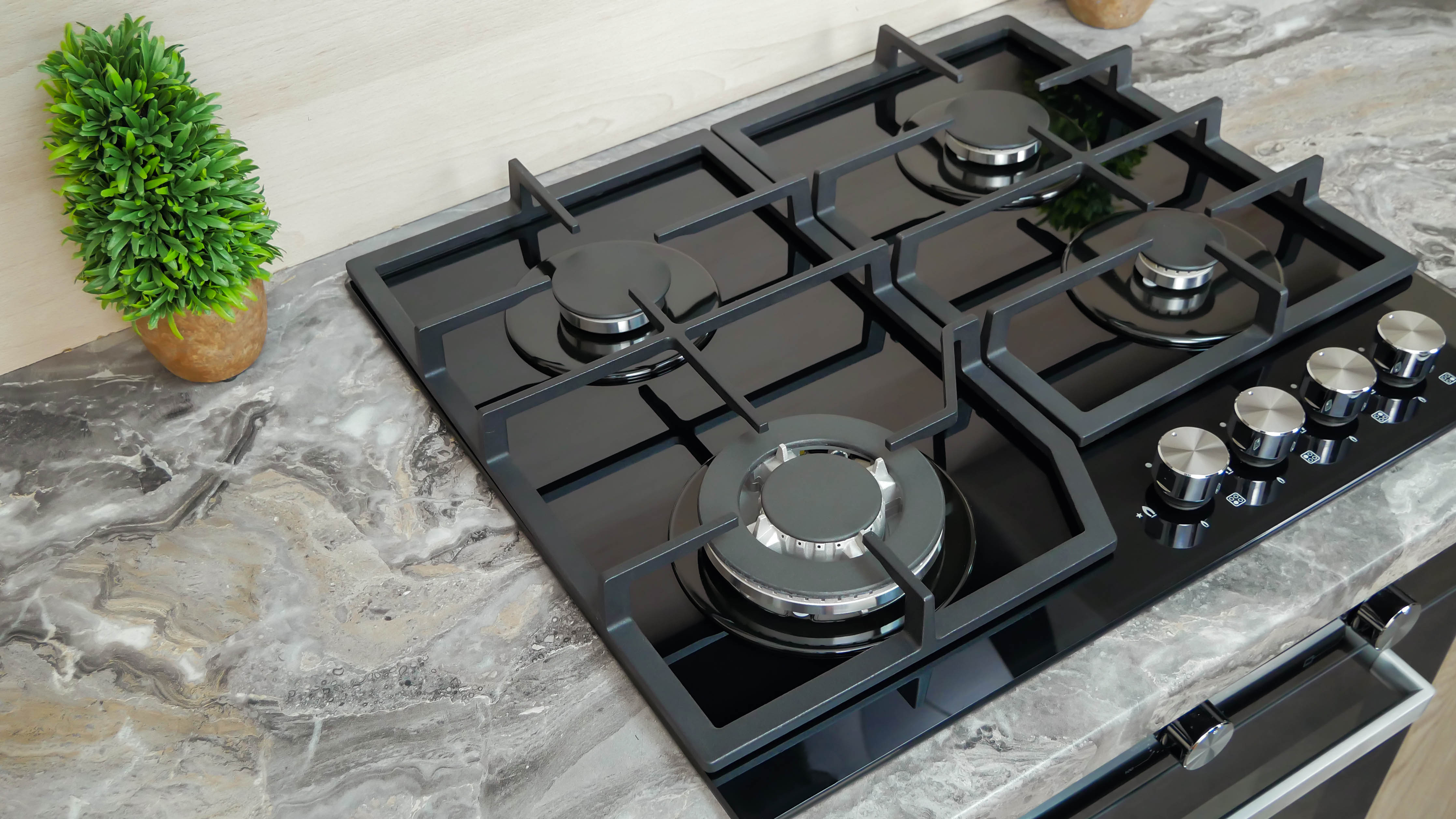
There's nothing quite like the frustration of being ready to cook dinner, turning the knob on your gas stove, and hearing that endless clicking sound with no flame to show for it. Your burner might be getting gas, the igniter might be sparking, but somehow the two just aren't connecting.
Before you start planning takeout for the week or calling an expensive repair technician, take a deep breath. Most gas stove ignition problems stem from simple issues that you might be able to diagnose and fix yourself.
The culprit is usually something mundane like food debris, a loose wire, or a worn-out igniter, and it's something you'll find on even the best gas ranges. Try these five troubleshooting tips if your gas stove is acting up.
1. Clean food debris from the burner assembly
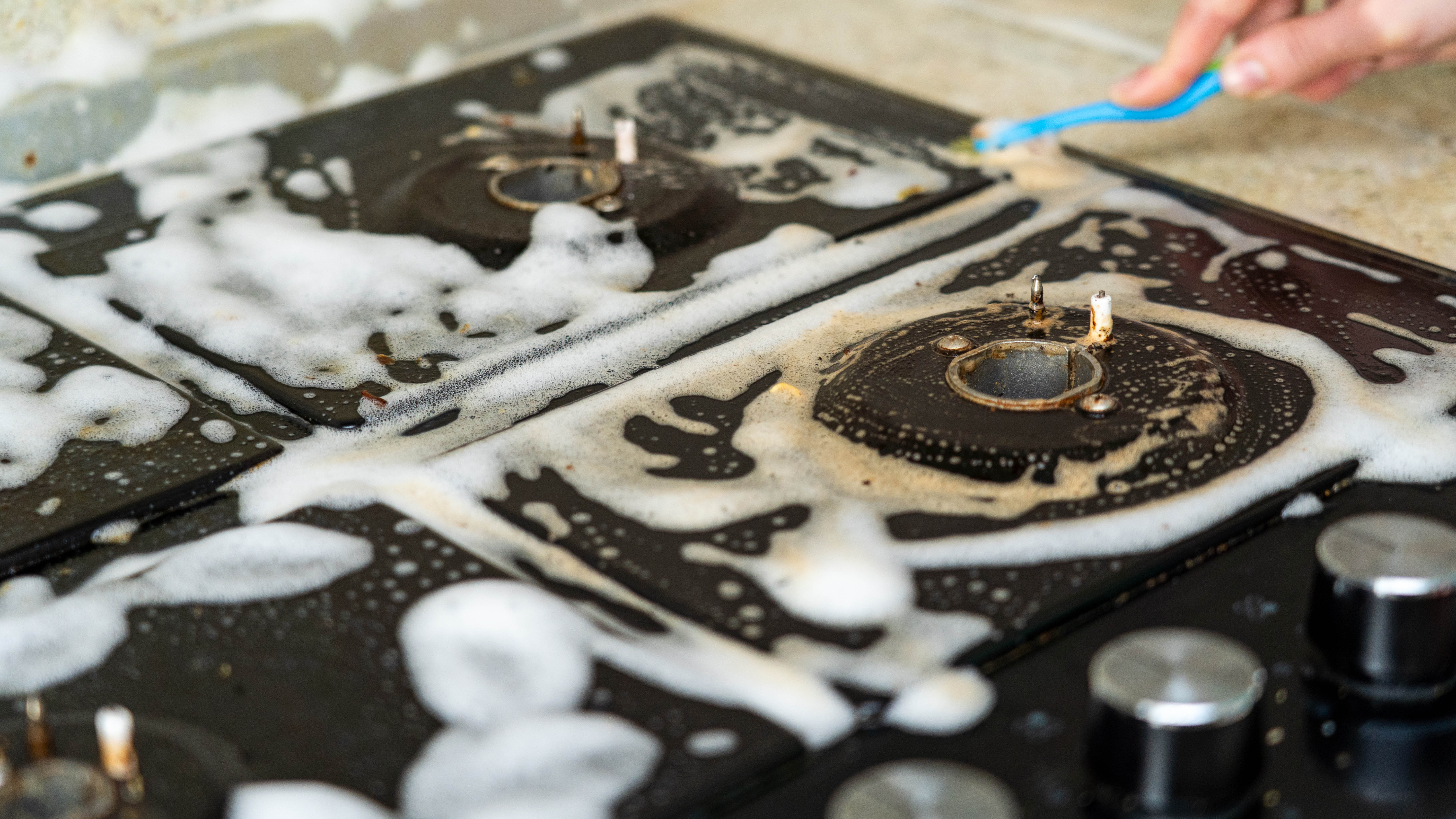
Food spills, grease buildup, and cooking residue are the most common culprits behind ignition failures. Even small amounts of debris can block gas ports or prevent the igniter from sparking properly.
Start by removing the grate and burner cap from the problematic burner. Lift out the sealed burner base, which may require removing a few screws depending on your stove model. Clean all components with warm, soapy water, paying special attention to the small holes around the burner ring.
Use a toothbrush to clear any stubborn debris from the gas ports, and wipe down the igniter with a damp cloth.
2. Check for loose electrical connections
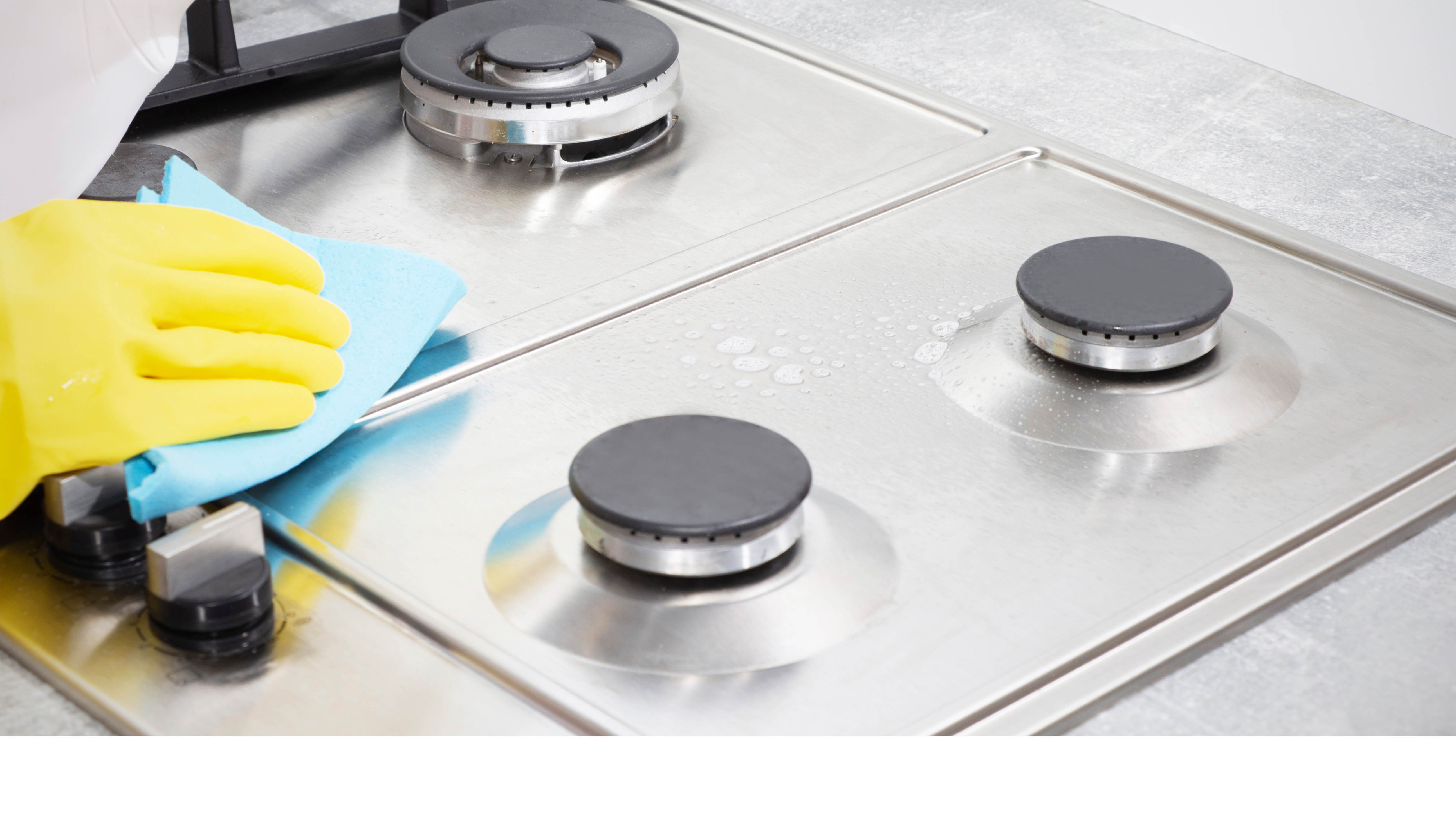
Vibrations from cooking, cleaning, or even normal use can cause electrical connections to work loose over time. Before inspecting any wiring, turn off the gas supply and unplug your stove or flip the circuit breaker.
Remove the burner components as described above, then look for any loose or disconnected wires near the igniter. These connections typically use simple plug-in connectors rather than permanent wiring.
Gently press any loose connections back together and ensure all wires are properly seated. A loose connection often causes intermittent problems where the burner works intermittently.
3. Test the igniter spark quality
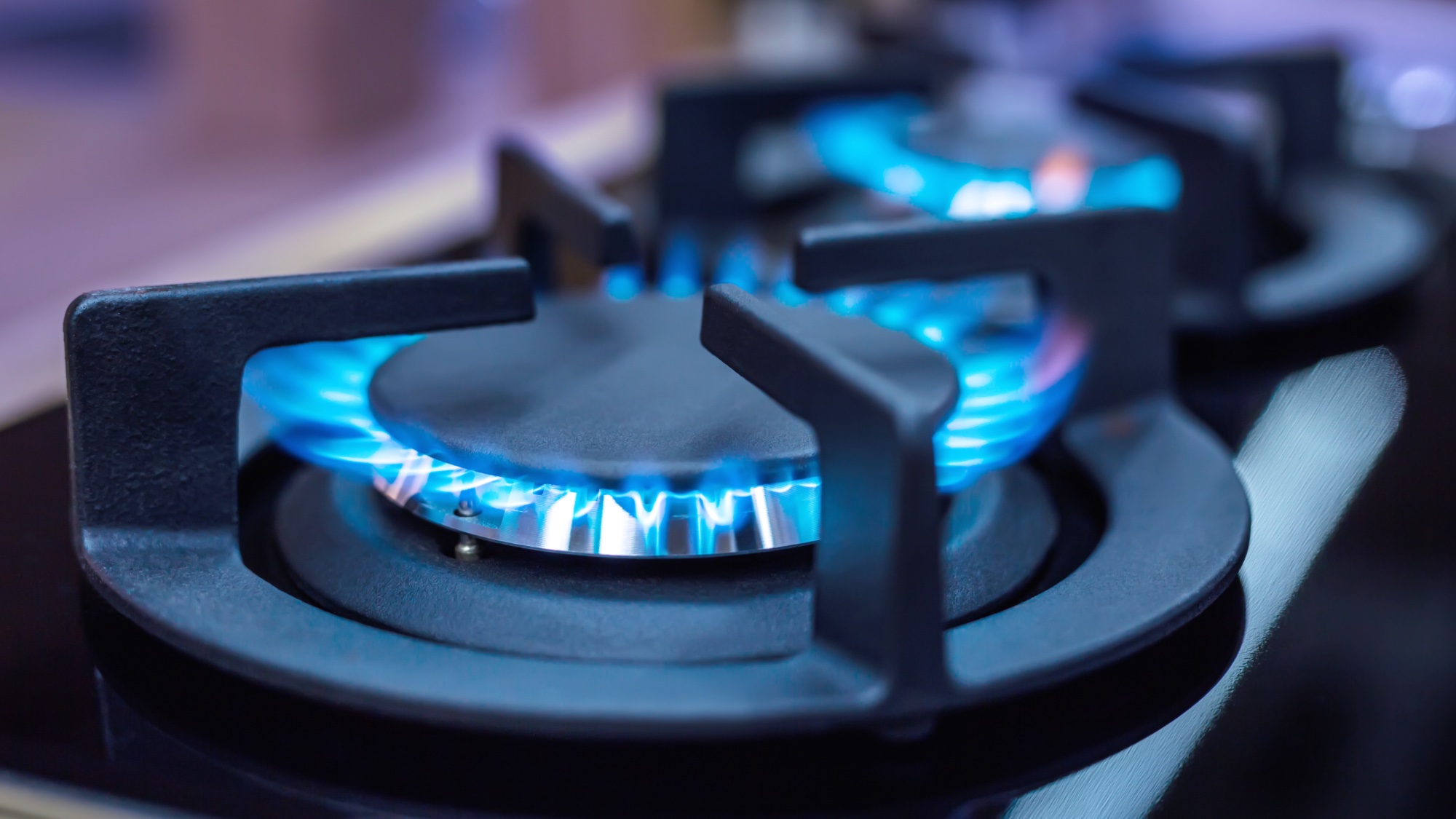
A weak or discolored spark indicates a failing igniter that needs replacement. Turn off the lights in your kitchen and try to ignite the burner while watching the igniter carefully. A healthy igniter produces a bright blue-white spark that jumps consistently between the electrode and the burner.
If you see a weak yellow or orange spark, or if the spark seems intermittent, the igniter has likely worn out. This is normal wear after years of use, and replacement igniters are relatively inexpensive and widely available for most stove models.
4. Replace a faulty igniter
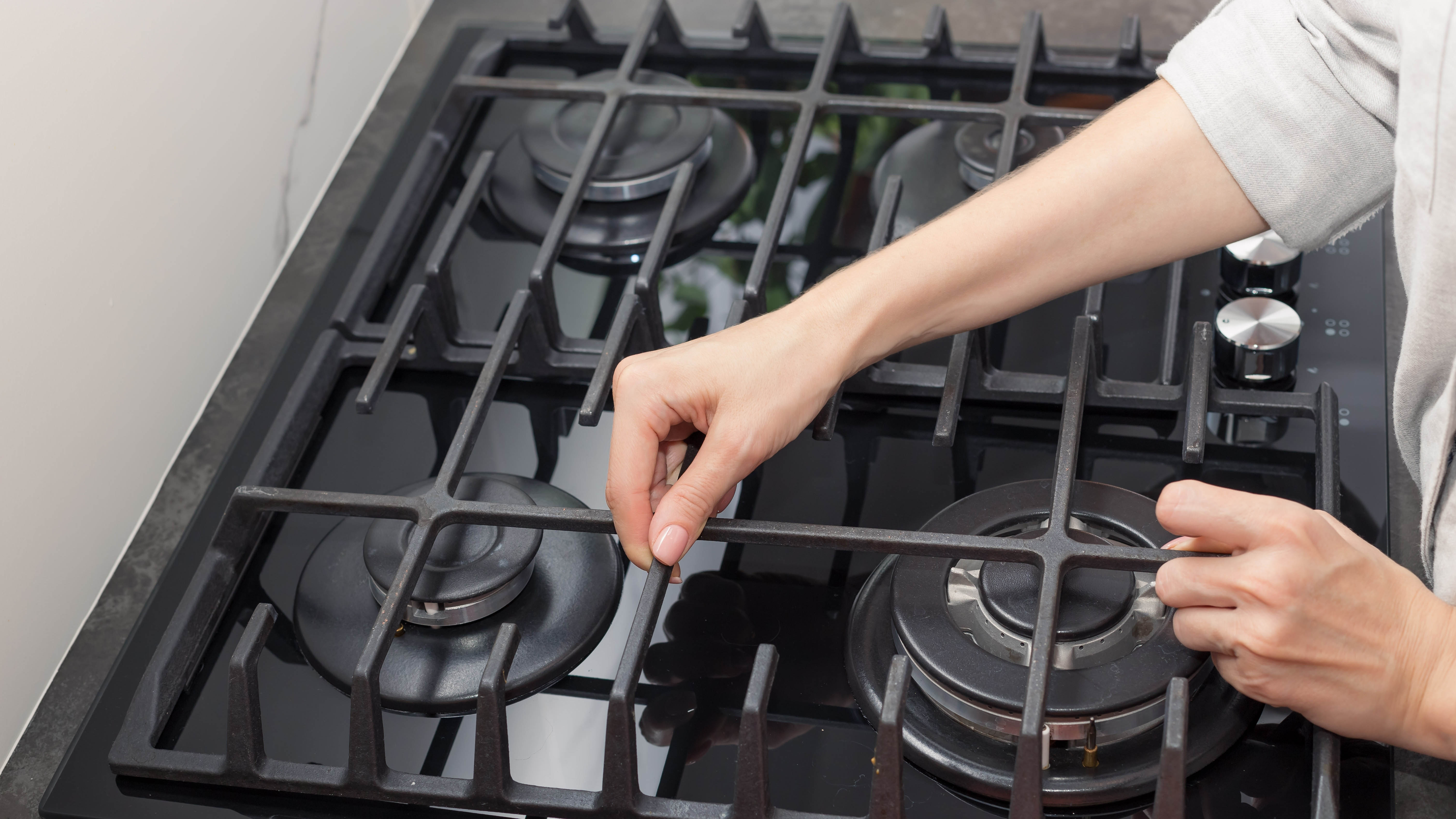
If cleaning and checking connections don't solve the problem, you likely need a new igniter. Turn off the gas and power to your stove, then remove the burner assembly. The igniter typically disconnects with a simple plug-in connector—no wire cutting required.
Use your stove's model number to order the correct replacement igniter online or from an appliance parts store. Installation is usually just the reverse of removal: plug in the new igniter, reinstall the burner assembly, and test the connection.
5. Verify proper burner cap alignment
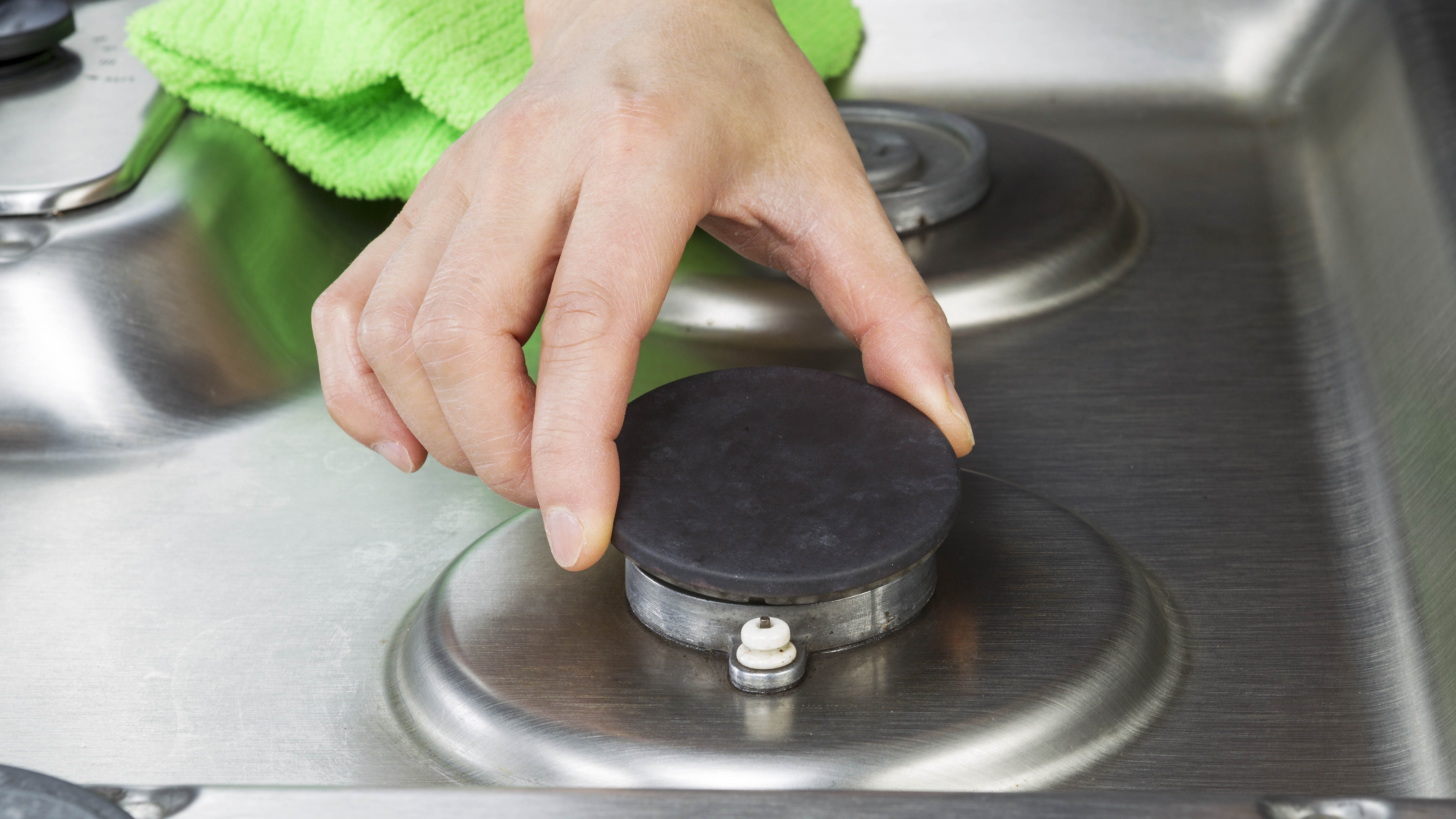
Sometimes the simplest solutions are the most overlooked. If your burner cap isn't properly aligned after cleaning or maintenance, it can prevent proper gas flow and ignition. The cap should sit flat and centered on the burner base with no gaps or tilting.
Many burner caps have notches or tabs that must align with corresponding features on the burner base. If the cap rocks when you press on it or doesn't sit flush, remove it and reinstall it carefully, ensuring all alignment features match up correctly.
A misaligned cap can block gas flow or direct the flame improperly, causing ignition failures.
Now you've learned about the 5 issues your gas stove might have and how to fix them, why not take a look at our other useful guides?
Check out how to properly clean your suitcase and experts say you should spray vinegar outside your front door this summer — here's why.
And if you're playing a getaway sometime soon, don't miss how to check for hidden cameras in your Airbnb or hotel room.
Get instant access to breaking news, the hottest reviews, great deals and helpful tips.

Kaycee is Tom's Guide's How-To Editor, known for tutorials that skip the fluff and get straight to what works. She writes across AI, homes, phones, and everything in between — because life doesn't stick to categories and neither should good advice. With years of experience in tech and content creation, she's built her reputation on turning complicated subjects into straightforward solutions. Kaycee is also an award-winning poet and co-editor at Fox and Star Books. Her debut collection is published by Bloodaxe, with a second book in the works.
You must confirm your public display name before commenting
Please logout and then login again, you will then be prompted to enter your display name.
